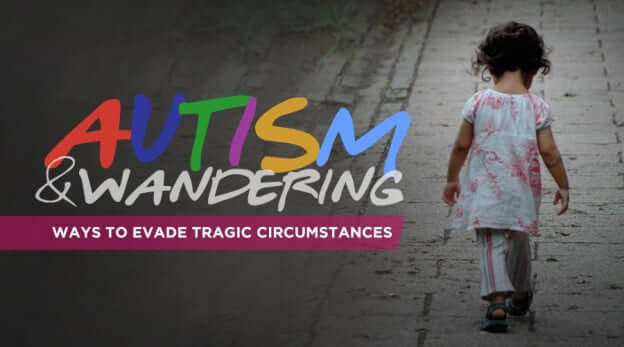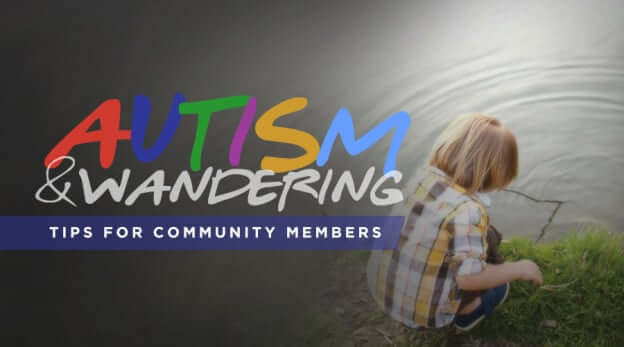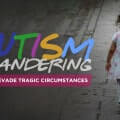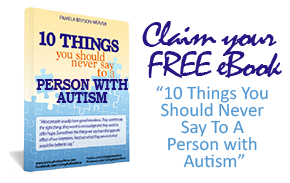Going on a diet takes a lot of will power and determination. This is even more so when a child has autism. Picky-eating, digestive problems and allergies are just three of the most common problems faced by parents of kids with autism. Repetition is a common element in autism and kids who have it can certainly live off their whole lives eating potato wedges and chicken nuggets, or spaghetti and meatballs, and so on. It does not really matter if a child prefers a certain food that is jam-packed with nutritional value. What matters is when a child favors unhealthy food. It is entirely possible, however, to wean him or her from such unhealthy diet. To jumpstart your quest, here are some useful tips that I have done with my son, John, when he was but a tot. I had highlighted this on my book, Living Autism Day by Day.
1. As much as possible, always involve experts in your first foray to creating a healthy diet for your child who has autism. A registered dietician and an occupational therapist are good options for you to reach out to when trying to address a child’s food aversion or feeding disorder. This should be the first step to tackle as children with autism often suffer from serious gut issues. Having your child checked before undergoing any diet regimen will ensure his or her safety.
2. When introducing new food, do it gently and gradually. Autistic children have specific wants and they thrive on repetition. A carrot is a carrot not a carrot cake. Work around this dilemma by slowly introducing new food in small doses along with his favored food. Putting a colorful vegetable side dish on his favorite Salisbury steak can prove to be disastrous. Integrate small pieces of carrot and potato on the steak itself, in a small amount, will do the trick. The idea is to slowly make him get used to the taste and texture of the new food. This can be challenging but doable.
3. A gluten-free and casein-free diet has been growing in popularity. The premise of this diet is to eliminate certain food groups that aggravate the symptoms. Though proven effective, this can be taxing. The key here is not to abruptly alter your child’s diet regimen. Yes, it will take a lot of pain when it comes to this. Doable, yes but the perspective must be for long term use and not just for a week or two. There are stores and pastry shops nowadays that sell GF-CF food items and if you have one in your area, slowly introduce this to your child. If not, make sure you have plenty of time to work in your kitchen as this requires dedication and focus.
4. Infusing healthy liquids to your child’s diet will prove to be an amazing move. Try juicing apples, oranges, berries, pineapples or whatever fruit your child prefers. Instead of commercial juices, this one is packed with vitamins and minerals for your child’s growth. Invest in a good working juicer for this.
5. Most kids with autism are known to have gut issues. Adding yogurt or any probiotics to his diet will make his meal more enjoyable and his gut more stabilized. Most kids love this food item and infusing these to your child’s regimen will help compensate minerals and nutrients he loses out somewhere else.

To make a meal enjoyable, one might consider setting an example for a child with autism. These kids, whether high or low functioning, are very perceptive of their environment. Eating along with your child will prove to be the best course of action.
Photo Credits: http://sunfieldcenter.com/picky-eating-and-tummy-troubles-how-to-improve-mealtime-for-your-child/

















